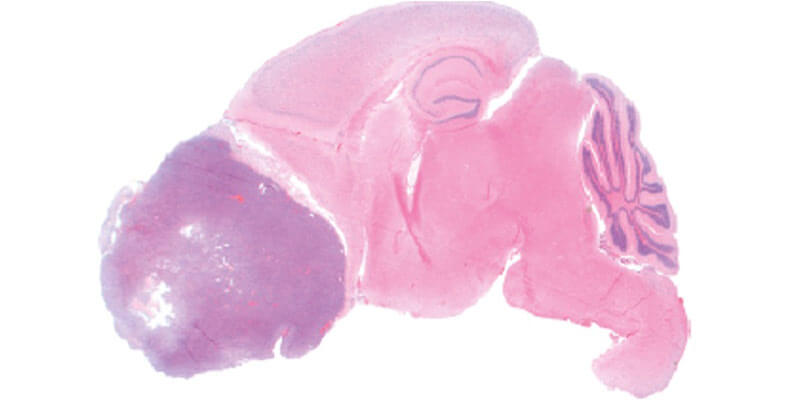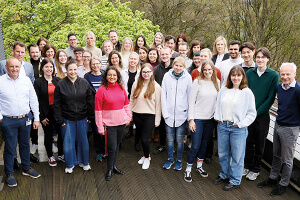
Light into the dark. New knowledge about the origin of rhabdoid tumors
Rhabdoid tumors (RT) are rare, but very aggressively growing tumors that occur in children during the first two years of life and can affect both the brain (intra-) and other (extra-) cranial organ systems (kidney, soft tissues). Despite extensive genetic homogeneity, RT are divided into four subgroups (ATRT-TYR, -MYC, -SHH, -SMARCA4). Their treatment sometimes challenges physicians, because current therapies, such as radiation, are associated with severe side effects due to body size and age. To open the way for new, effective therapies, the aim of research is to understand the origin and biology of tumors as fully as possible. This includes the key-question of anatomical or cellular origin, since this knowledge is essential to develop reliable models, on which tumor development can be observed or new substances can be tested for their efficacy. In a recent publication in Nature communications, Professor Dr. Ulrich Schüller, together with researchers from the Department of Pediatrics and Adolescent Medicine / Pediatric Hematology and Oncology at Münster University Hospital, was able to identify a common genetic program for the subgroup of ATRT-MYC tumors and for the first time gather evidence that the tumors may have their origin in fetal primordial germ cells. In addition, the researchers have succeeded in discovering a promising therapeutic approach in models - DNA methyltransferase inhibitor - that in the future could be used in both the MYC and SHH subgroups. "Through this joint research with Münster University Hospital, we were able to use specific models as well as single cell transcriptomatics to identify potential cells of origin of MYC-rhabdoid tumors and check the clinical relevance of DNA methyltransferase inhibitors as a potential therapeutic option," confirms Prof. Dr. Ulrich Schüller.


















